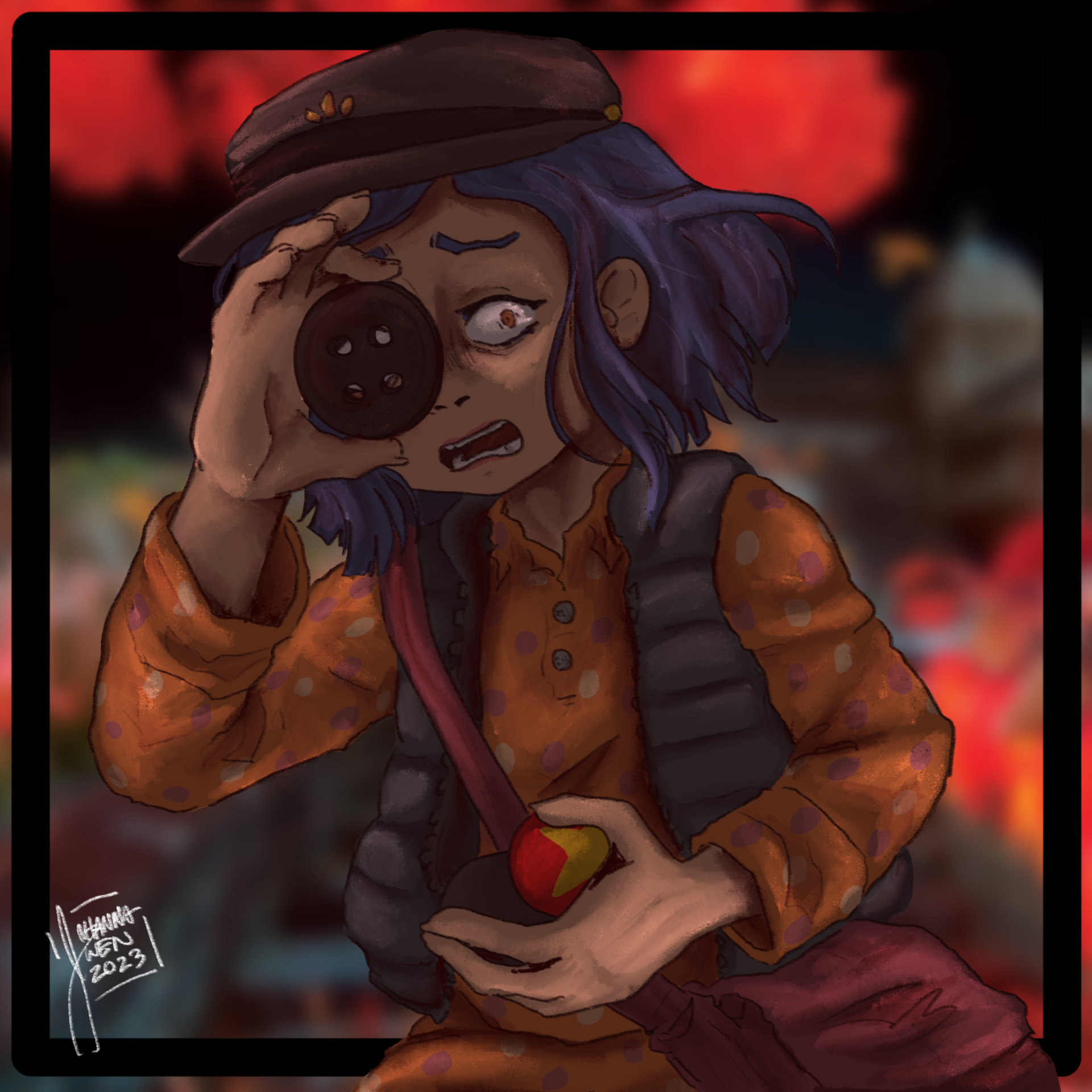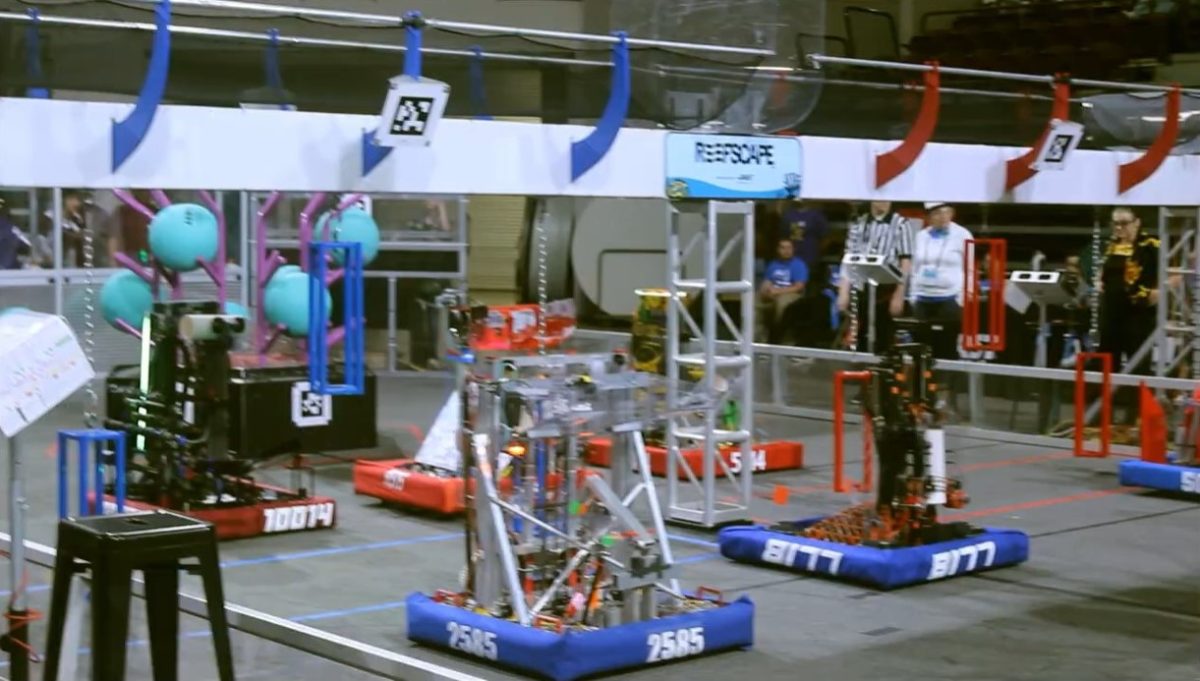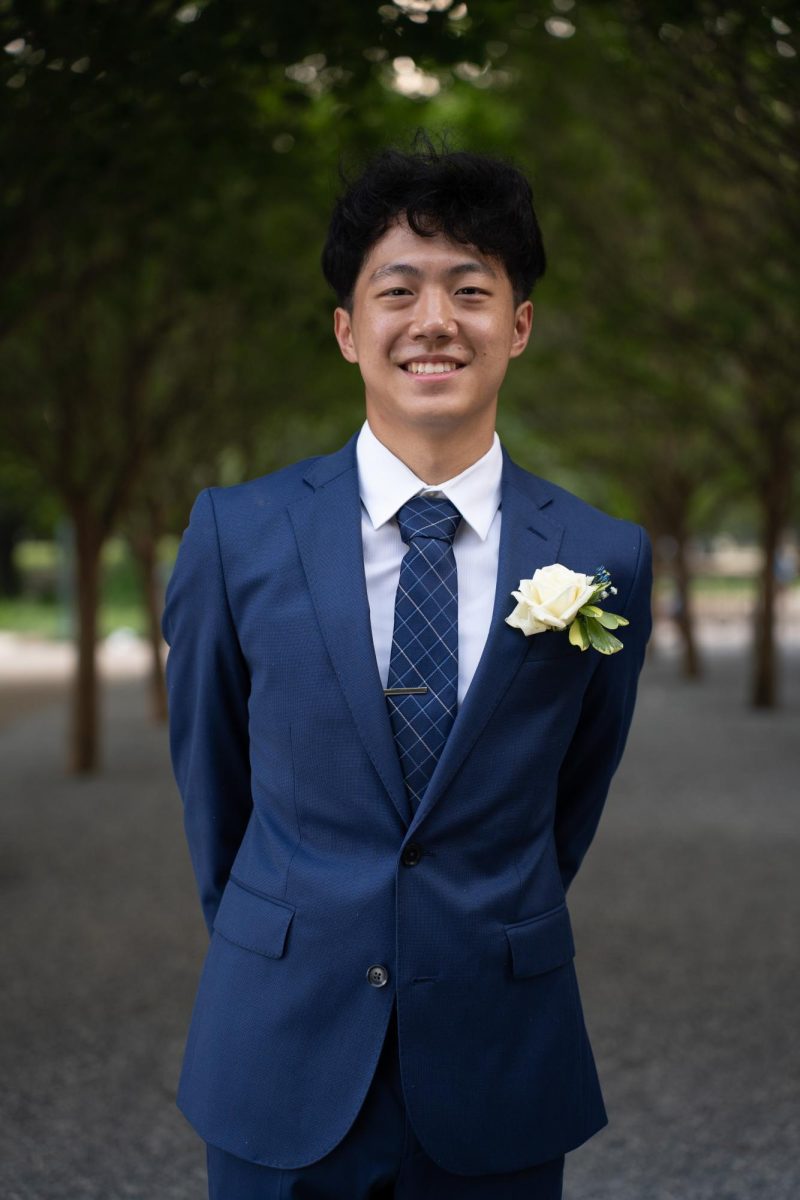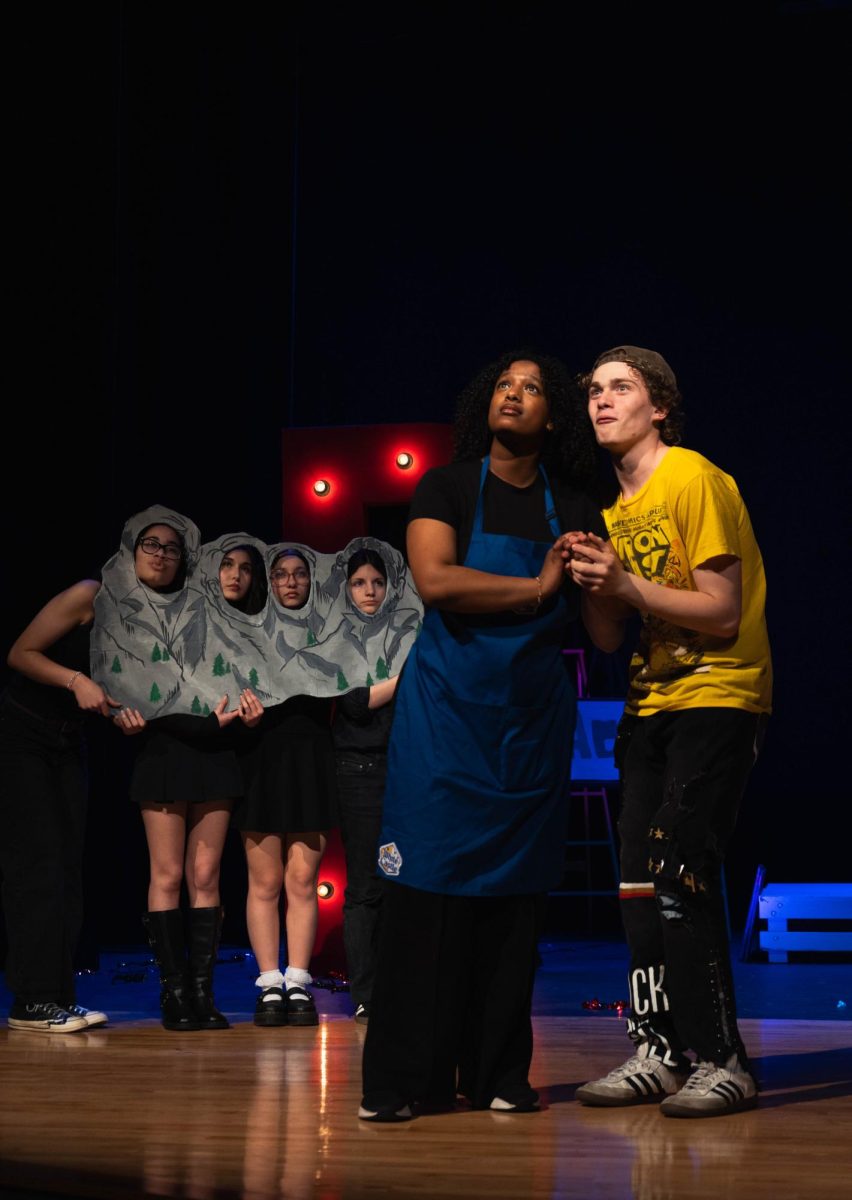Life as an immigrant: students and teachers speak on their experiences
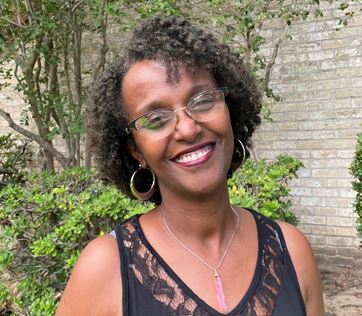
Chemistry teacher Sossiena Demissie-Sanders moved to the U.S. in the early 80s. (Photo provided by Sossiena Demissie-Sanders)
Oct 13, 2020
An inside look at how three people built new lives in the U.S.
She sits in her seat. Excitement courses through her. She becomes nervous as unfamiliar faces surround her. A stranger looks down at her. He offers her something. She wishes she could speak to him.
Smriti Paudel, age 9, will play Temple Run and Subway Surf on the man’s iPad for the remainder of the flight to her new home in the United States.
In the summer of 2012, Paudel, along with her father, mother and sister, Smile, left their home in Kathmandu, Nepal, in search of a better future.
“And it wasn’t like the life was really bad over there,” senior Paudel said. “It was more like we had an opportunity, and we took it. That’s what it was.”
In March of 2012, Paudel and her family applied for the Diversity Immigrant Visa Program (DV). The DV established a lottery system in 1990 that grants immigrants and immigrant families permanent residency in the United States every year.
The struggles of adapting
Though the objective of DV involves providing green cards for foreigners, the program does not take responsibility for the non-natives’ knowledge of American life or culture.
“We did have a little difficulty,” Paudel said. “I barely understood some words. It was like probably basic English. And my parents didn’t know anything, I can say in fact. Yeah, it was just more like, the situation was a little complicated.”
Junior Tim Walter moved to Houston from Reutlingen, Germany with his mom, stepdad and two siblings. He was 12. His father’s work on cancer treatments brought them to Houston.
Despite having taken English classes in Germany, he still struggled to communicate in certain situations, like buying a bagel from a nearby shop.
“They gave me the wrong bagels,” Walter said. “Then I was trying to tell them, like that’s not what I wanted. And they didn’t understand me.”
Paudel also scored poorly on a test because she didn’t understand American currency. Paudel still remembers exactly how her teacher explained the currency to her in what she considered a condescending tone.
“So this is dime,” the teacher explained. “This is five cents, like nickel, and this is 25 cents.”
“But yeah, it wasn’t that bad,” Paudel said. “I had friends. I had teachers that were really supportive.”
Chemistry teacher Sossiena Demissie-Sanders moved to Kalamazoo, Michigan from Ethiopia in the early 80s during her senior year of high school. Initially, she was shy and did not speak to anyone unless absolutely necessary. Following high school, she attended Kalamazoo College on an academic scholarship and graduated with a bachelor’s in health science. She earned her doctorate in neuroimmunology and molecular biology at the University of Alabama at Birmingham in 1996.
“First the first couple of years I kept to myself since the kids didn’t understand my accent,” Sanders said. “My pronunciation of certain words were very different from what they were used to. And because it was so frustrating to me, I chose not to say much and not socialize with anyone either.”
As a child, she attended the Nazareth School, an all-girls private Catholic school in Addis Ababa, Ethiopia. Her parents drove her to school.
So when school ended in Michigan and she had to catch the bus, confusion would consume her as people rushed past her hurriedly.
“A couple of times, I had to go to my counselors and find my classrooms,” Sanders said. “Getting lost on a high school campus, the first week, was a little unnerving because in between class time, everybody’s rushing to get to the next class. And I was like, okay, what’s the rush, but I didn’t know that there’s a time limit as to how fast you get to go to your locker, grab your stuff for the next period, and get to class on time.”
Walter also struggled with the change in transportation.
“Especially in Houston, a car is pretty much essential to go anywhere,” Walter said. “In Germany cities are usually built in a way that everything is in distance where you can either walk or bike. Public transportation is very big in Germany too if you need to go farther distances.”
How they learned to adapt
When Paudel and Walter first arrived, both developed a unique strategy to learn English.
Walter would record new words in case they were essential for communication.
“And sometimes I had to take like a notebook and spell it out or something,” Walter said.
In Paudel’s case, she developed a more entertaining strategy to improve her English.
“Time does make you adapt to the situation,” Paudel said. “As for the English, practice makes perfect. I used to sing lyrics of Selena Gomez in order to practice my English accent. So that was my thing.”
Advice for newcomers
Walter said that one of the things that helped him adapt was being fully submerged in the culture.
“English, you automatically learn by being exposed to it,” Walter said. “When you don’t have a choice, basically. That’s how you learn it best.”
Paudel hopes that foreigners “don’t just isolate themselves” when they arrive in the United States.
“I hope they communicate with people,” Paudel said. “To be adapted to the situation, you have to make sure that you are also actually being part of the situation. You’re in that moment and you are like communicating, interacting, just engaging in everything that you have in the situation.”
Sanders learned to be more open to meeting new people.
“So, my advice to everybody is just try to learn the culture as much as you can,” Sanders said. “You’ve got to get out of your own way, meet with people, interact with people, introduce yourself and be bold about, you know, teaching people about your culture. Don’t get discouraged.”






